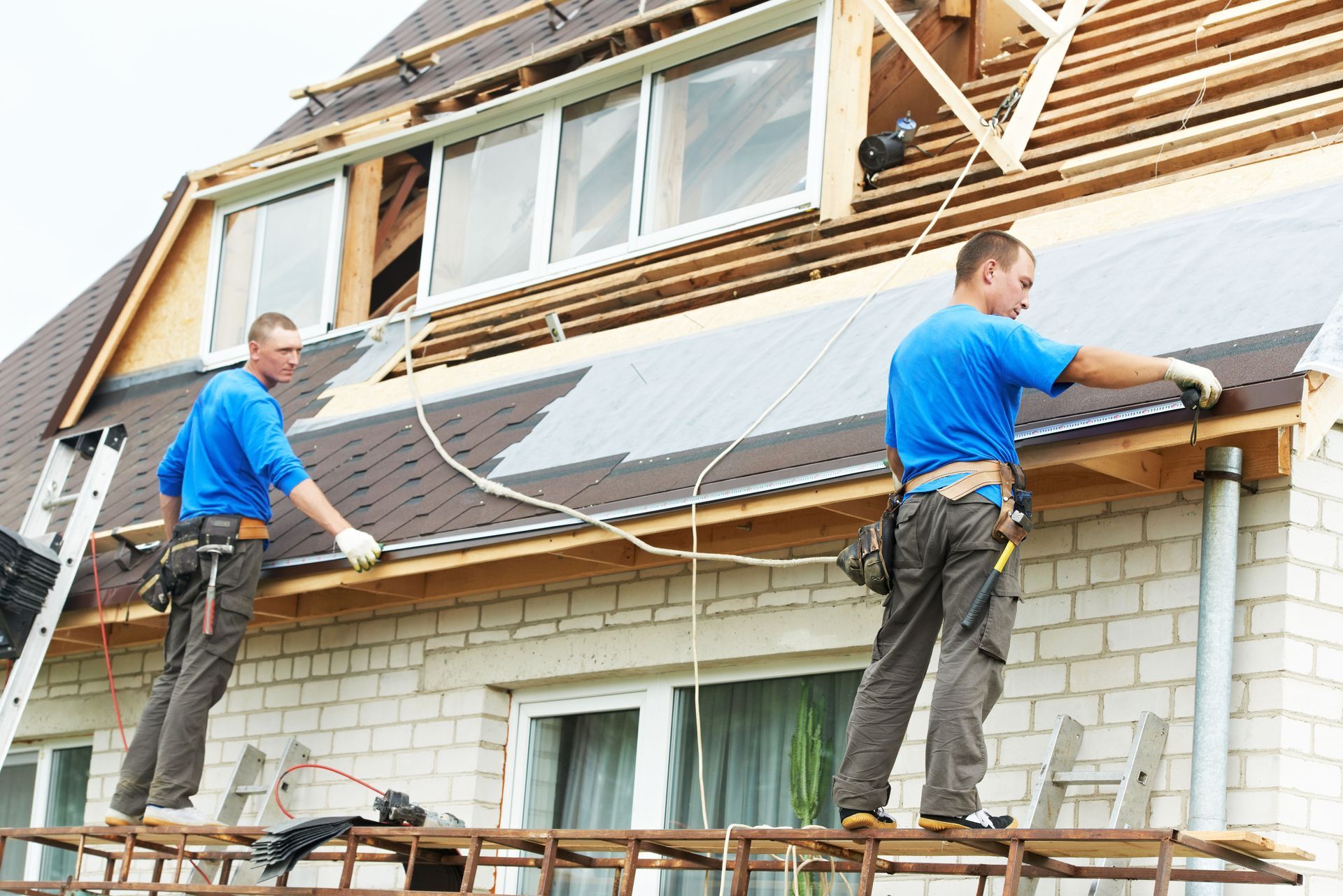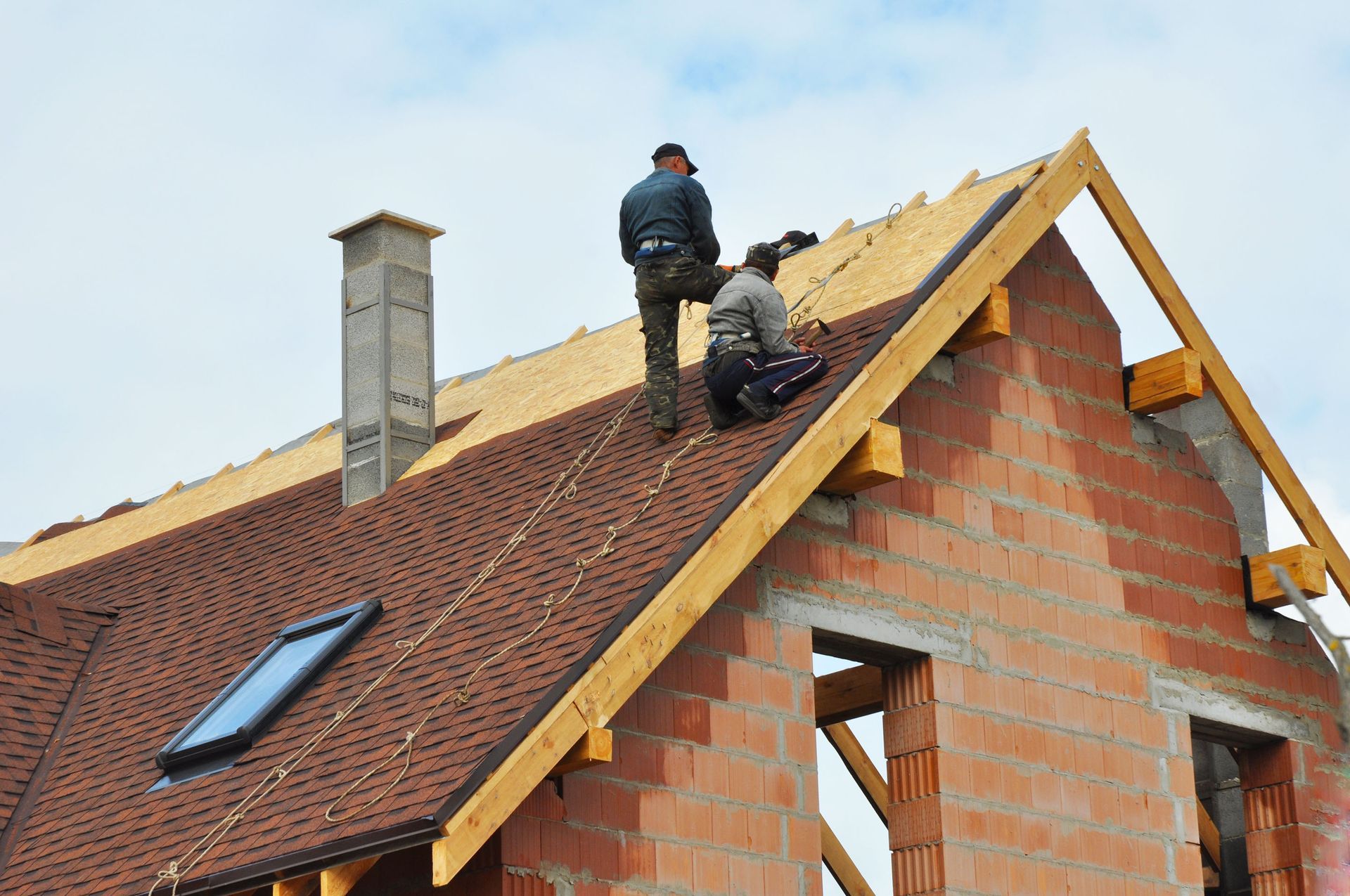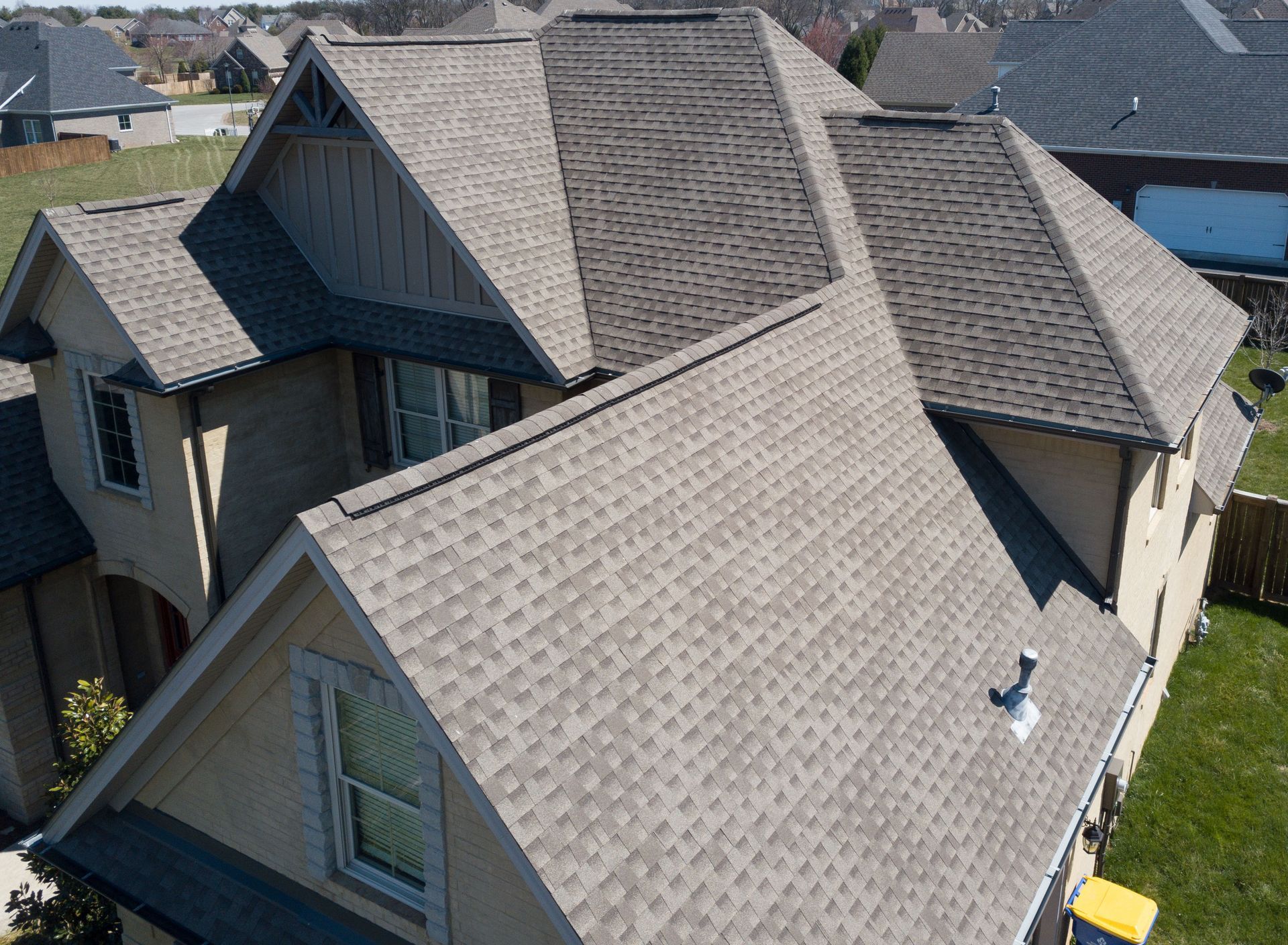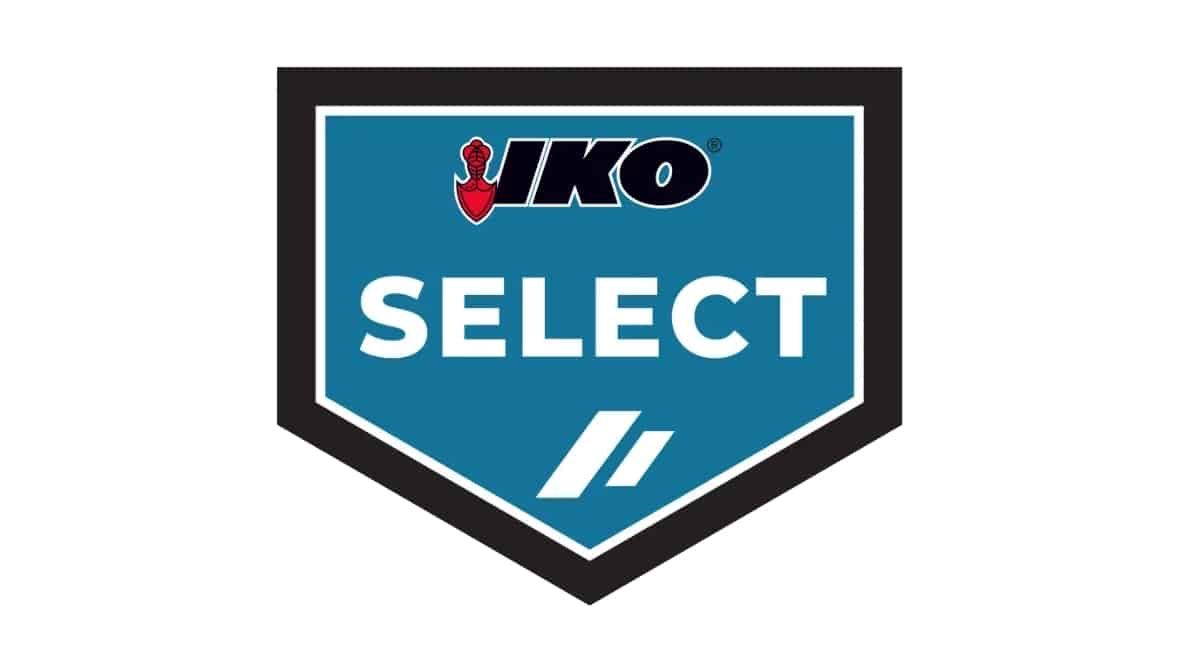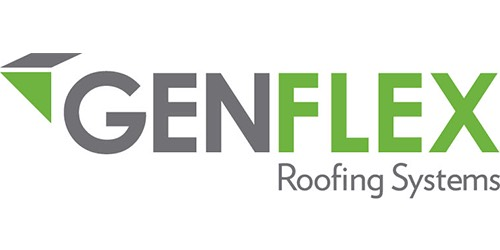November 11, 2025
Roofing is one of the most critical aspects of any building's structure, requiring careful consideration of materials to ensure longevity, durability, and cost-effectiveness. This guide delves into the various roofing materials available in the market, providing insights and recommendations from expert roofing contractors.
1. Understanding Different Types of Roofing Materials
1.1. Asphalt Shingles
Asphalt shingles are the most common roofing material in the United States, known for their affordability and ease of installation. They come in a variety of colors and styles, providing homeowners with numerous aesthetic options. While asphalt shingles may not last as long as some other materials, they offer a good balance of cost and performance. These shingles are particularly suitable for regions with moderate climates. According to Home Innovation Research Labs, more than 80% of re-roofing projects in the US utilize asphalt shingle roofs, underlining their popularity and reliability.
1.2. Metal Roofing
Metal roofing has gained popularity due to its durability and energy efficiency. It is available in different materials, including aluminum, steel, and copper, each offering distinct benefits and visual appeal. Metal roofs reflect solar radiant heat, which helps reduce cooling costs, making them an excellent option for warmer climates. Despite its higher upfront cost compared to asphalt shingles, metal roofing typically requires less maintenance and can last up to 50 years. The variety of finishes and styles available makes metal roofing a versatile choice for both modern and traditional homes.
1.3. Wood Shingles and Shakes
Wood shingles and shakes offer a natural and rustic appearance that can enhance the charm of a home. Made from cedar, redwood, or other types of wood, these materials possess inherent insulating properties. Wood roofing materials require regular maintenance to prevent issues such as rot and insect damage, particularly in humid climates. They are less fire-resistant than other options, although treatments are available to improve their resistance. The elegance and eco-friendly nature of wood shingles make them a preferred choice for homeowners seeking a traditional, aesthetically pleasing roof.
1.4. Tile Roofing
Tile roofs are known for their distinctive architectural aesthetic and durability. Comprising clay or concrete tiles, these roofs are incredibly durable and can last over 100 years with proper maintenance. Tile roofing is well-suited to warmer climates, as its thermal properties help in reducing heat gain inside the home. The weight of tile roofs necessitates additional structural support, which can increase installation costs. Though more expensive initially, the longevity and low maintenance requirements of tile roofs make them a valuable long-term investment.
1.5. Slate Roofing
Slate roofing is one of the most durable options available, renowned for its classic appearance and resistance to weather. Made from natural stone, slate tiles provide unmatched longevity, often surpassing 150 years. The natural beauty of slate is incomparable, but the material is heavy and requires professional installation. Slate roofing comes at a higher cost, but its durability can be a significant selling point for those looking for a long-term roofing solution. When properly maintained, a slate roof adds significant curb appeal and value to a property.
2. Factors to Consider When Choosing Roofing Material
2.1. Climate Suitability
Climate plays a crucial role in determining the best roofing material for your home. In regions with heavy snowfall, materials like slate and metal are preferred due to their durability and ability to shed snow efficiently. Conversely, in areas with high temperatures, cool roofs or metal roofs that reflect heat are popular. Materials should also be able to withstand other weather phenomena, such as strong winds or hailstorms. Considering climate compatibility helps ensure that the chosen material performs well under local environmental conditions.
2.2. Budget Constraints
Budget is a significant factor when selecting roofing materials, as it influences both the initial costs and long-term expenses. While options like asphalt shingles are cost-effective initially, they may require more frequent replacements compared to more durable materials. Higher-end materials like slate and tile have larger upfront costs but often pay off through longevity and reduced maintenance expenses. Homeowners should carefully weigh immediate budget constraints against future benefits to avoid compromising on quality. Attaining a balance between cost and performance is vital for a successful roofing project.
2.3. Aesthetic Appeal
The visual appeal of roofing can significantly impact the overall appearance of a home. Materials like wood shingles and slate offer traditional beauty, enhancing the grace of historic or rural homes. Sleek metal roofing is often chosen for its modern appeal, suitable for contemporary architecture. Tile roofing offers a Mediterranean charm, while asphalt shingles can mimic the look of more expensive materials at a lower cost. The selected roofing material should complement the architectural style of the home and the surrounding environment.
2.4. Installation Complexity
The complexity of roofing materials' installation can affect both costs and project timelines. Metal and slate roofs require specialized labor, often resulting in higher installation expenses compared to simpler materials like asphalt shingles. The weight of materials like tile and slate necessitates additional structural support, adding complexity to the installation process. Ensuring the right contractor with the necessary skill and expertise is crucial for a successful installation. Improper installation can lead to accelerated wear and tear, reducing the roof's lifespan.
2.5. Longevity and Durability
Choosing a roofing material with excellent longevity and durability contributes to the long-term value of a home. Slate and tile roofs are renowned for their lifespan, often exceeding 100 years when maintained correctly, while metal roofs can last up to 50 years. Wood shingles and shakes offer decent longevity if they are properly cared for, though they are more susceptible to environmental factors. Asphalt shingles, while less durable overall, provide a reasonable compromise between cost and service life. Evaluating the durability and expected lifespan of roofing materials helps in making an informed decision.
3. Cost Comparison of Roofing Materials
3.1. Initial Costs
The initial cost of roofing is a primary consideration for homeowners and builders alike. Asphalt shingles are typically the most affordable material upfront, making them accessible for many. Metal roofing, although more expensive initially, offers long-term savings through decreased maintenance and energy costs. Tile and slate, while premium options, have high initial costs due to the materials pricing and installation requirements. It's essential to weigh these initial expenses against the expected longevity and performance of the materials.
3.2. Maintenance Expenses
Over time, every roofing material incurs maintenance expenses that need consideration in the cost comparison equation. Asphalt shingles might require more frequent inspection and replacement compared to more durable options like metal or slate. Wood shingles need periodic maintenance to protect against rot and infestation, adding to lifetime costs. Metal and tile roofs often require less maintenance, leading to potential savings in labor and repair. Estimating ongoing maintenance costs aids in understanding the total cost of ownership for different roofing materials.
3.3. Long-term Value
The long-term value of a roofing material is a function of its lifespan, maintenance needs, and energy efficiency. High initial costs for materials like tile or slate are often offset by their extensive durability and minimal maintenance requirements, providing excellent long-term value. Metal roofs also offer considerable value through their longevity and energy-saving properties, despite their higher price tag. Conversely, while less durable, asphalt shingles provide good value due to their affordability and satisfactory performance. Considering the long-term value helps in making an investment that aligns with financial and functional goals.
Choosing the right roofing material is a multifaceted decision that influences a building's performance, aesthetics, and environmental footprint. By understanding the range of options and considerations, homeowners and builders can make informed choices that align with their needs and values. Consulting with experienced roofing contractors remains an invaluable step in selecting the best material for your specific situation. Be sure to reach out to Roofing USA today for more information on our professional roofing contractors!
